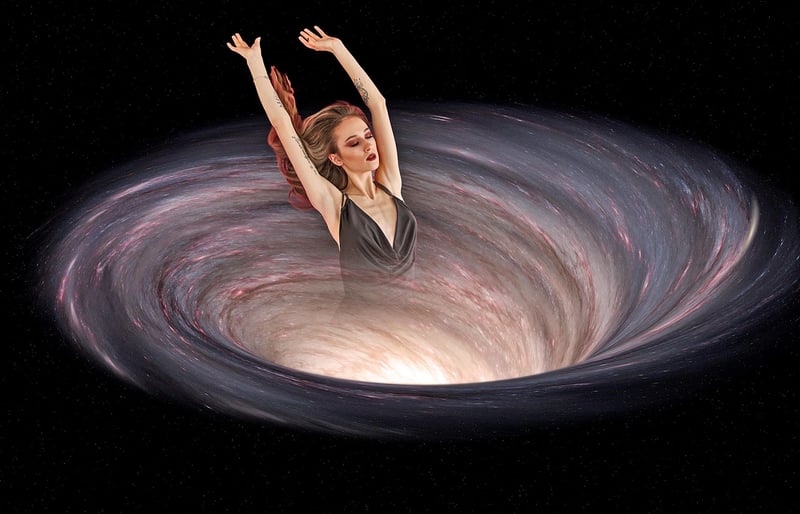Wormholes
The Fascinating Science of Wormholes
Wormholes, often depicted in science fiction as shortcuts through space and time, are a fascinating concept in theoretical physics. Let's delve into the science behind these mysterious cosmic phenomena.
What are Wormholes?
Also known as Einstein-Rosen bridges, wormholes are hypothetical passages through spacetime that could create shortcuts for long journeys across the universe. These theoretical tunnels could connect two separate points in spacetime, allowing for almost instantaneous travel between them.
The Science Behind Wormholes
According to Einstein's general theory of relativity, wormholes are mathematically possible. They arise from the bending of spacetime caused by massive objects. Wormholes have two mouths, each connected to a different point in space or time.
Traveling Through Wormholes
While the concept of using wormholes for interstellar travel is captivating, it comes with significant challenges. Theoretical physicists suggest that traversable wormholes would require exotic matter with negative energy to keep them stable and prevent their collapse.
Are Wormholes Real?
As of now, there is no experimental evidence to support the existence of wormholes. They remain purely theoretical constructs based on the laws of physics. However, ongoing research continues to explore the possibilities and implications of these intriguing cosmic structures.
Conclusion
Wormholes represent a captivating intersection of science and imagination, pushing the boundaries of our understanding of the universe. While they may only exist in theory for now, the pursuit of knowledge about these cosmic phenomena fuels scientific exploration and discovery.

Explore more about wormholes and their implications in the realm of theoretical physics to unlock the mysteries of the universe.
References: Wikipedia - Wormhole
